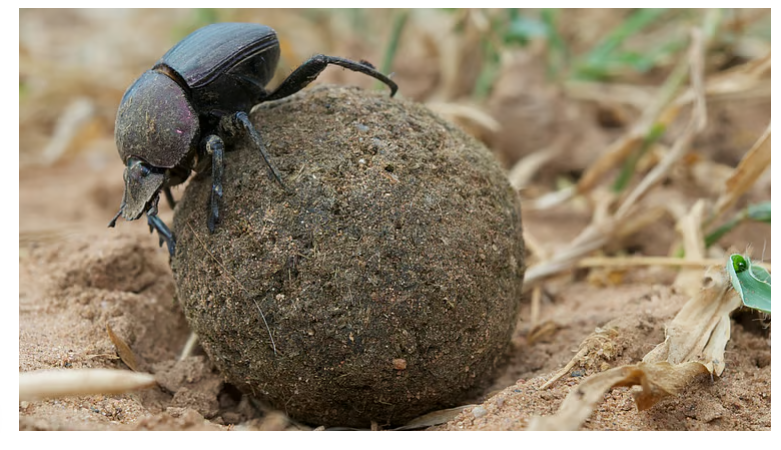Climate-fuelled El Nino events are devastating butterflies, beetles and other tropical insects

In News:
A recent study in Nature warns that climate-fuelled El Niño events are causing alarming declines in tropical insect populations — including butterflies, beetles, and true bugs — disrupting ecosystems and biodiversity.
1. Context
- Insects are critical to ecosystem functioning, performing roles such as pollination, decomposition, and serving as a food source for other species.
- Recent research indicates that intensified El Niño events, fuelled by climate change, are causing significant biodiversity losses in tropical regions, especially among insects and spiders.
2. Key Findings
- Geographical scope: Data from 80 studies across tropical Americas, with some references to Asia and Africa.
- Species affected: Butterflies, beetles, true bugs, spiders.
- Main driver: Increased frequency and intensity of El Niño events due to climate change.
- Impact on rare species: Severe population declines with reduced capacity to recover during La Niña.
- Ecosystem effects:
- Reduction in leaf decomposition rates (linked to termite population changes).
- Drop in live leaf consumption by insects.
- Potential collapse of food webs dependent on insect populations.
3. Causes
- Climate change altering long-term El Niño–Southern Oscillation (ENSO) cycles.
- Hot and dry El Niño conditions affecting insect breeding, life cycles, and behaviour.
- Habitat stress due to temperature and moisture fluctuations.
4. Implications
- Ecological:
- Loss of biodiversity and ecological functions.
- Disruption in nutrient cycling and pollination services.
- Decline in food sources for birds, reptiles, and mammals.
- Socio-economic:
- Threat to agricultural productivity through pollinator decline.
- Loss of genetic diversity with potential medicinal and economic value.
5. Way Forward
- Research & Monitoring: Expand insect biodiversity monitoring, especially in under-studied regions like Australia’s Wet Tropics and Southeast Asia.
- Mitigation:
- Strengthen climate change mitigation policies under Paris Agreement goals.
- Promote habitat conservation and restoration of tropical forests.
- Adaptive Measures:
- Establish insect conservation action plans.
- Community-based climate adaptation strategies.
- International Cooperation:
- Global data-sharing platforms for insect biodiversity trends.
- Funding through global environmental mechanisms like GEF and Green Climate Fund.
6. Conclusion
The findings highlight that tropical insect biodiversity — the very foundation of tropical ecosystems — is at serious risk from climate-fuelled El Niño events. Urgent global cooperation is required to mitigate climate impacts, conserve habitats, and safeguard the intricate ecological networks that sustain life.